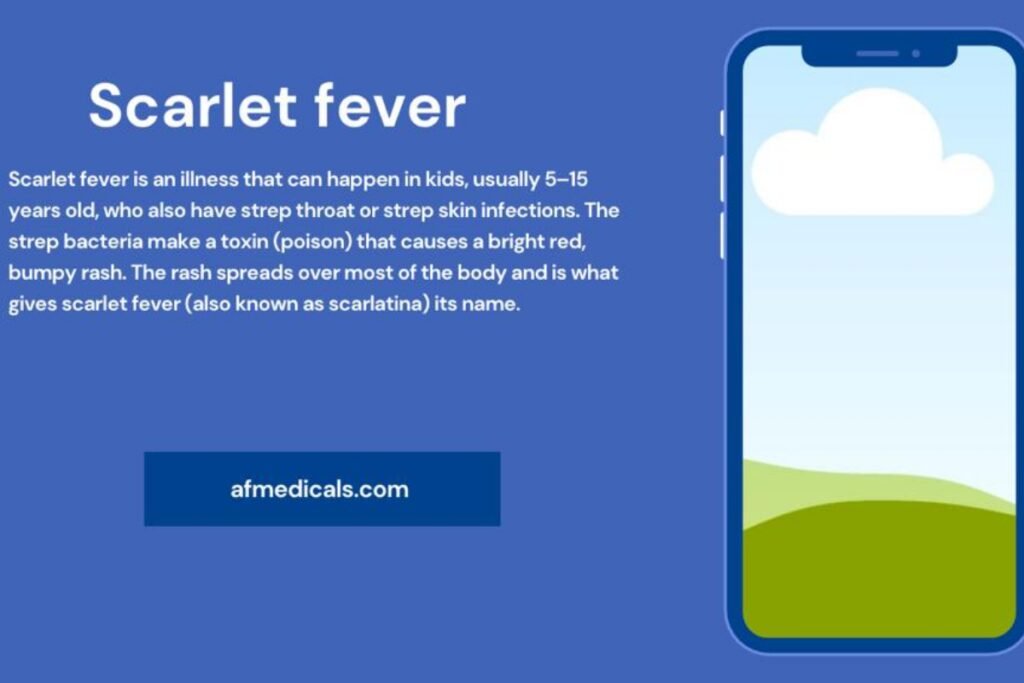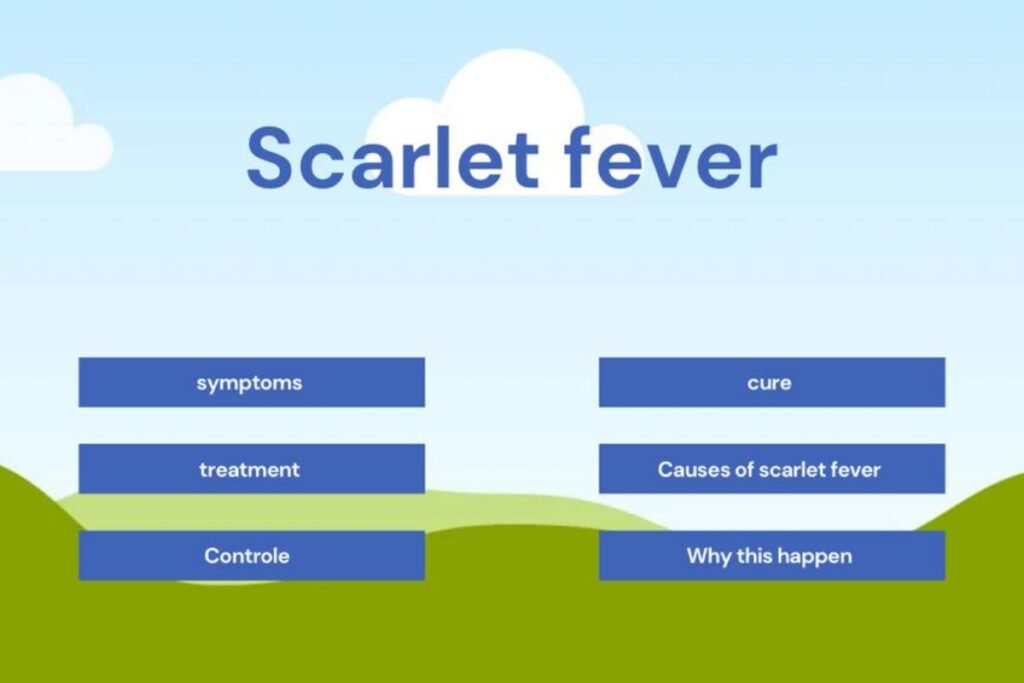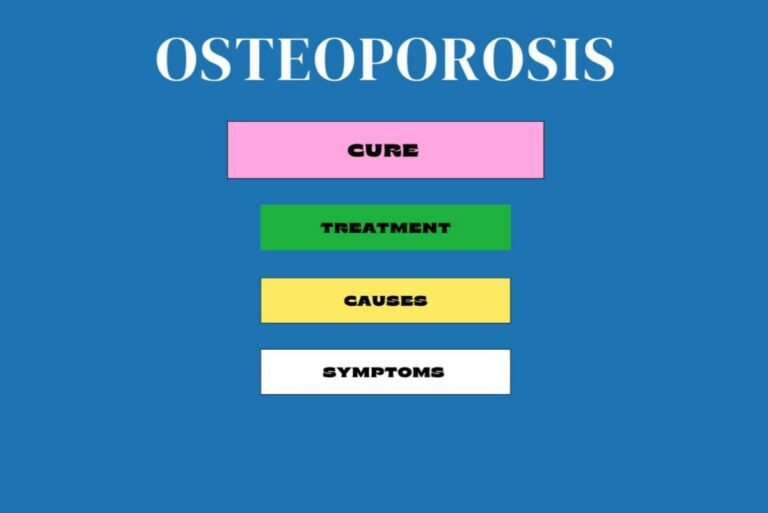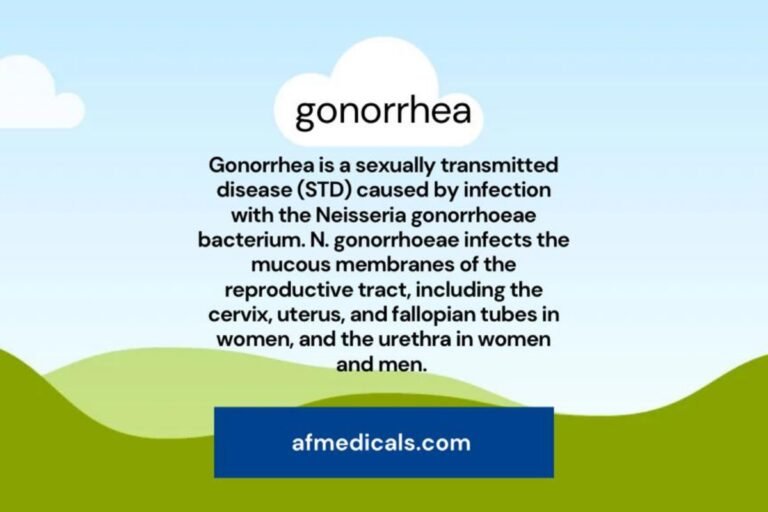Scarlet Fever: An Exhaustive and Empowering Overview:
Scarlet Fever: An Exhaustive and Empowering Overview:
Table of Contents:
Introduction:
- Overview of Scarlet Fever
- Importance and Objectives of the Article
Historical Background:
- The Pre-Antibiotic Era: Impact on Societies and Mortality Rates
- Advances in Treatment and Decline in Severity
Causes and Transmission:
- Etiology: Streptococcus pyogenes
- Modes of Transmission
- Respiratory Droplets
- Conditions Facilitating Spread
Symptoms and Diagnosis:
- Common Symptoms: Rash, Fever, and Sore Throat
- Diagnostic Procedures: Clinical and Laboratory Methods
Treatment of Scarlet Fever:
- Antibiotic Therapy: Types and Effectiveness
- Supportive Care: Fever Management and Hydration
Complications of Scarlet Fever:
- Acute Complications: Rheumatic Fever and Kidney Disease
- Long-term Health Effects
Prevention and Control:
- Public Health Measures: Isolation and Hygiene Practices
- Future Vaccines: Development against Streptococcus pyogenes
Recent Trends and Research:
- Resurgence in Certain Regions: Recent Trends in Incidence
- Ongoing Research and Challenges: Vaccine Development and Bacterial Virulence
Conclusion:
- Summary of Key Points
- The Importance of Vigilance, Research, and Public Health Efforts
Introduction:
Scarlet fever, characterized by its striking ruddy hasty, could be a bacterial contamination that has been reported for centuries. This infection fundamentally influences children and emerges from a disease with Streptococcus pyogenes,a bacterium that can cause a run of other ailments, including strep throat and skin contamination. The pertinence of examining red fever lies not as it were in its chronicled importance but moreover in its continued nearness in different locales around the world, requiring progressing inquiries about and open well being endeavors.
Historical Background:
Scarlet fever has a storied history, with episodes recorded as far back as the 1600s. The 19th century saw a few pandemics, forming open wellbeing reactions and affecting the advancement of early immunizations. Understanding its verifiable setting makes a difference in appreciating the progressions in treatment and the changing study of disease transmission.

The Pre-Antibiotic Era: Impact on Societies and Mortality Rates:
Verifiable, red fever was a driving cause of passing among children, with flare-ups causing critical societal effects. Recently, with the approach of anti-microbiols, the malady was regularly dreaded due to its high mortality rates and the need for viable medicines.
Advances in Treatment and Decline in Severity
The revelation of anti-microbiols marked a turning point in the battle against red fever. Penicillin and other anti-microbiols have radically diminished mortality rates and made red fever a much less serious illness. These progressions highlight the significance of therapeutic development in controlling irresistible maladies.
Causes and Transmission of Scarlet Fever:
The bacterium Streptococcus pyogenes, or bunch A streptococcus causes red fever. It spreads through respiratory beads or coordinates contact with a tainted person. The microscopic organisms deliver poisons that lead to the characteristic haste. This segment digs into the microbiology of the pathogen and the flow of its transmission inside populations.
Etiology: Streptococcus pyogenes:
Scarlet fever is caused by Streptococcus pyogenes, a bacterium that discharges poisons dependable for the disease’s characteristic indications. This pathogen is additionally the culprit behind other conditions, including strep throat.
Modes of Transmission:
Respiratory Droplets
The essential mode of transmission for red fever is through respiratory beads, which can spread when a contaminated individual hacks or sniffles.
Conditions Facilitating Spread:
Swarmed conditions and near contact with a tainted person increase the hazard of spreading the infection. Understanding these variables is significant for anticipation and control measures.
Symptoms and Diagnosis of Scarlet Fever:
Scarlet fever shows through a few signs, with the ruddy hasty being the most recognizable. Other side effects include a tall fever, a sore throat, and a “strawberry” tongue. This portion of the article will detail the movement of side effects and the criteria for determination, emphasizing the significance of early discovery for compelling treatment.
Common Symptoms: Rash, Fever, and Sore Throat:
The trademark side effect of red fever may be a ruddy hasty that feels like sandpaper. Going with side effects regularly incorporates a tall fever and a sore throat, taking after those of strep throat.
Diagnostic Procedures: Clinical and Laboratory Methods:
Conclusions regularly include a physical examination and may be affirmed through research facility tests, such as throat societies or quick antigen discovery tests, to recognize Streptococcus pyogenes.
Treatment of Scarlet Fever:
The treatment of red fever has advanced altogether over a long time. Nowadays, anti-microbials, especially penicillin, are the pillar of treatment, viably diminishing indications and anticipating complications. This area investigates treatment alternatives, including the part about steady care and the potential for anti-microbial resistance.
Antibiotic Therapy: Types and Effectiveness:
Anti-microbial treatment, essentially with penicillin, is successful in treating red fever. Early treatment can avoid complications and diminish the disease’s spread.
Supportive Care: Fever Management and Hydration:
Nearby anti-microbials, steady care measures like fever reduction, and guaranteeing legitimate hydration are imperative angles of treatment.
Complications of Scarlet Fever:
If left untreated, red fever can lead to genuine complications, including rheumatic fever, kidney infection, and other systemic issues. Understanding these complications is vital for healthcare suppliers and patients alike to emphasize the significance of inciting treatment and follow-up care.
Acute Complications: Rheumatic Fever and Kidney Disease:
On the off chance that untreated, red fever can lead to genuine complications, including rheumatic fever and kidney infection, this underscores the significance of incitement treatment.
Long-term Health Effects:
Long-term wellbeing impacts from these complications can incorporate heart disease and constant kidney issues, highlighting the disease’s potential seriousness.
Prevention and Control of Scarlet Fever:
Preventive measures, such as counting cleanliness hones and separating tainted people, play a key role in controlling the spread of red fever. Immunization investigation is continuous, with the potential to decrease its frequency. This segment traces methodologies for anticipation and the open wellbeing reaction to episodes.
Public Health Measures: Isolation and Hygiene Practices:
Confinement of contaminated people and great cleanliness, such as handwashing, are key methodologies for avoiding the spread of red fever.
Future Vaccines: Development against Streptococcus pyogenes:
Investigating immunizations focusing on Streptococcus pyogenes is progressing and speaks to a promising road for helping diminish the rate of red fever.

Recent Trends and Research:
Whereas red fever has declined in numerous locales, later a long time has seen resurgences in a few ranges. This raises questions about the changing strains of microscopic organisms and the effects of natural and social components. The current investigation centers on understanding these patterns, creating unused medicines, and anticipating future episodes.
Resurgence in Certain Regions: Recent Trends in Incidence:
In spite of progress in treatment and avoidance, a few locales have experienced a resurgence in red fever cases, provoking an examination of the causes and potential intercessions.
Ongoing Research and Challenges: Vaccine Development and Bacterial Virulence:
Inquire about proceeds to center on understanding the destructiveness of Streptococcus pyogenes, creating viable antibodies, and tending to the challenges postured by anti-microbial resistance.
Conclusion:
Red fever, with its wealthy history and progressing open wellbeing centrality, embodies the challenges and triumphs of irresistible malady administration. Whereas anti-microbials have incredibly diminished their seriousness, watchfulness, inquire about, and open wellbeing endeavors remain vital to controlling this malady and anticipating future flare-ups. Understanding red fever’s causes, transmission, and treatment alternatives, as well as creating successful avoidance methodologies, will continue to be imperative within the worldwide battle against irresistible illnesses.





